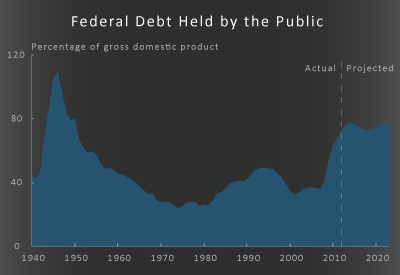learn more about working at cbo and check out the agency’s career opportunities
browse the shelves
 Peruse all of CBO's publications and cost estimates. Begin with the most recent, focus on a specific topic, jump straight to frequently requested items, or get automatic updates from one of our many RSS feeds.
Peruse all of CBO's publications and cost estimates. Begin with the most recent, focus on a specific topic, jump straight to frequently requested items, or get automatic updates from one of our many RSS feeds. get the data
Find our latest deficit projections, projections of the unemployment rate and other economic variables, and  projections of revenues and spending for health care, income assistance, education, retirement, and agriculture.
projections of revenues and spending for health care, income assistance, education, retirement, and agriculture.
read the blog
 Visit the CBO Blog for a concise description of CBO’s recent work. From
Visit the CBO Blog for a concise description of CBO’s recent work. From- our latest post:
Before the recent financial crisis, federal agencies and the government-sponsored enterprises Fannie Mae and Freddie...
what's most recent
Deficit or Surplus With and Without Automatic Stabilizers—2013
data or technical informationMarch 15, 2013Snapshot of Guarantees of New Residential Mortgages
blog postMarch 15, 2013CBO Testifies on the Social Security Disability Insurance Program
blog postMarch 14, 2013Snapshot of the Highway Trust Fund
blog postMarch 14, 2013Testimony on the Social Security Disability Insurance Program
reportMarch 14, 2013CBO Testifies on Federal Financial Support for Fuels and Energy Technologies
blog postMarch 13, 2013Testimony on Federal Financial Support for Fuels and Energy Technologies
reportMarch 13, 2013
what's most read
The Budget and Economic Outlook: Fiscal Years 2013 to 2023
reportFebruary 5, 2013Macroeconomic Effects of Alternative Budgetary Paths
reportFebruary 5, 2013Choices for Deficit Reduction
reportNovember 8, 2012Economic Effects of Policies Contributing to Fiscal Tightening in 2013
reportNovember 8, 2012The Distribution of Household Income and Federal Taxes, 2008 and 2009
reportJuly 10, 2012The 2012 Long-Term Budget Outlook
reportJune 5, 2012





